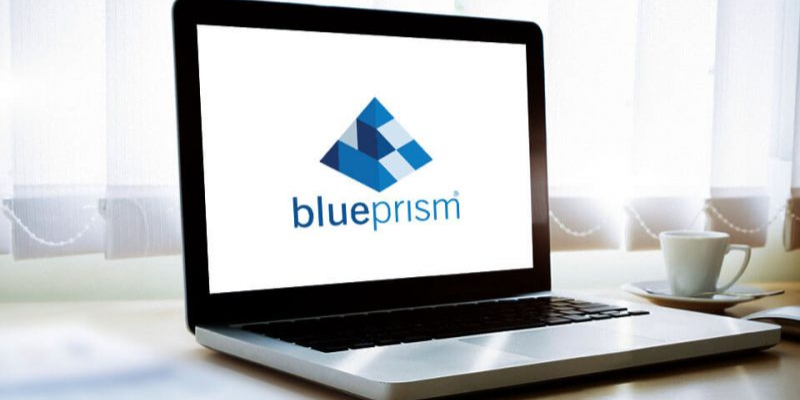In the fast-paced digital era, on-demand home service apps have become a significant part of our daily lives. These apps offer a seamless way for consumers to book various services, from cleaning and plumbing to electrical repairs and beauty services, with just a few taps on their smartphones. If you’re looking to enter this lucrative market, understanding the development process is crucial. Here’s a comprehensive guide to launching your on-demand home service app in 2024.
Step 1: Market Research and Idea Validation
Before diving into development, it’s essential to conduct thorough market research and validate your app idea.
- Identify Your Niche: Determine the specific home services you want to offer. This could range from general home maintenance to specialized services like pet grooming or home automation installation.
- Analyze Competitors: Study existing on-demand home service apps to understand their strengths and weaknesses. Identify gaps in the market that your app can fill.
- Target Audience: Define your target audience based on demographics, geographic location, and service preferences.
- Surveys and Feedback: Conduct surveys and gather feedback from potential users to validate your app idea and understand their pain points.
Step 2: Define App Features
Based on your research, outline the core features of your on-demand home service app. Essential features typically include:
- User Registration and Profiles: Allow users to create profiles and manage their personal information.
- Service Listings: Provide a comprehensive list of available services with detailed descriptions and pricing.
- Booking System: Enable users to schedule services, choose service providers, and set appointment times.
- Real-Time Tracking: Integrate GPS tracking so users can track the service provider’s location and estimated arrival time.
- Payment Integration: Offer secure payment options, including credit/debit cards, digital wallets, and cash on delivery.
- Ratings and Reviews: Allow users to rate service providers and leave reviews to ensure quality control.
- Push Notifications: Send notifications for booking confirmations, service reminders, and promotional offers.
- Customer Support: Provide in-app customer support for queries and complaints.
Step 3: Choose the Right Technology Stack
Selecting the appropriate technology stack is crucial for building a robust and scalable app. The technology stack includes:
- Front-End Development: Use frameworks like React Native or Flutter for a cross-platform app that works on both iOS and Android.
- Back-End Development: Choose a reliable back-end framework like Node.js, Ruby on Rails, or Django for server-side development.
- Database: Use databases like PostgreSQL or MongoDB to store user data, service details, and transaction records.
- Payment Gateway: Integrate secure payment gateways like Stripe, PayPal, or Square for smooth transactions.
- Cloud Services: Utilize cloud services like AWS, Google Cloud, or Microsoft Azure for scalable infrastructure.
Step 4: UI/UX Design
An intuitive and aesthetically pleasing user interface (UI) and user experience (UX) design are critical for the success of your app.
- Wireframing: Create wireframes to map out the app’s layout and navigation flow.
- Prototyping: Develop interactive prototypes to test the user journey and gather feedback.
- Design: Design the app with a focus on simplicity, ease of use, and visual appeal. Ensure consistency in design elements and branding across all screens.
Step 5: Development and Testing
With your features and design ready, move on to the development and testing phase.
- Agile Development: Adopt an agile development methodology to build the app in iterative sprints, allowing for continuous feedback and improvements.
- Development: Start with front-end and back-end development, integrating all planned features and functionalities.
- Testing: Conduct thorough testing, including unit testing, integration testing, and user acceptance testing (UAT). Ensure the app is free of bugs and performs well under different conditions.
Step 6: Launch and Marketing
Once your app is developed and tested, it’s time to launch and market it.
- Soft Launch: Consider a soft launch in a specific region or with a limited audience to gather initial feedback and make necessary adjustments.
- Marketing Strategy: Develop a comprehensive marketing strategy that includes social media campaigns, content marketing, influencer partnerships, and paid advertising.
- App Store Optimization (ASO): Optimize your app store listing with relevant keywords, engaging descriptions, and high-quality screenshots to improve visibility.
- Launch: Officially launch your app on the Apple App Store and Google Play Store. Promote the launch through various marketing channels to maximize reach.
Step 7: Post-Launch Support and Maintenance
The launch is just the beginning. Continuous support and maintenance are vital to ensure your app’s success.
- User Feedback: Monitor user feedback and reviews to identify areas for improvement.
- Regular Updates: Release regular updates to fix bugs, enhance features, and improve performance.
- Customer Support: Provide responsive customer support to address user queries and issues promptly.
- Analytics: Use analytics tools to track user behavior, app performance, and key metrics to inform future updates and marketing strategies.
Conclusion
Launching an on-demand home service app in 2024 involves a meticulous and strategic approach. By conducting thorough market research, defining essential features, choosing the right technology stack, designing an intuitive UI/UX, and following a structured development process, you can create a successful app that meets the needs of your target audience. Additionally, a robust marketing strategy and continuous post-launch support are crucial for sustained growth and user satisfaction. Embrace these steps, and you’ll be well on your way to transforming your business with a cutting-edge on-demand home service app.
Read More: How to Choose the Best Food Ordering App Development Company for Your Restaurant



